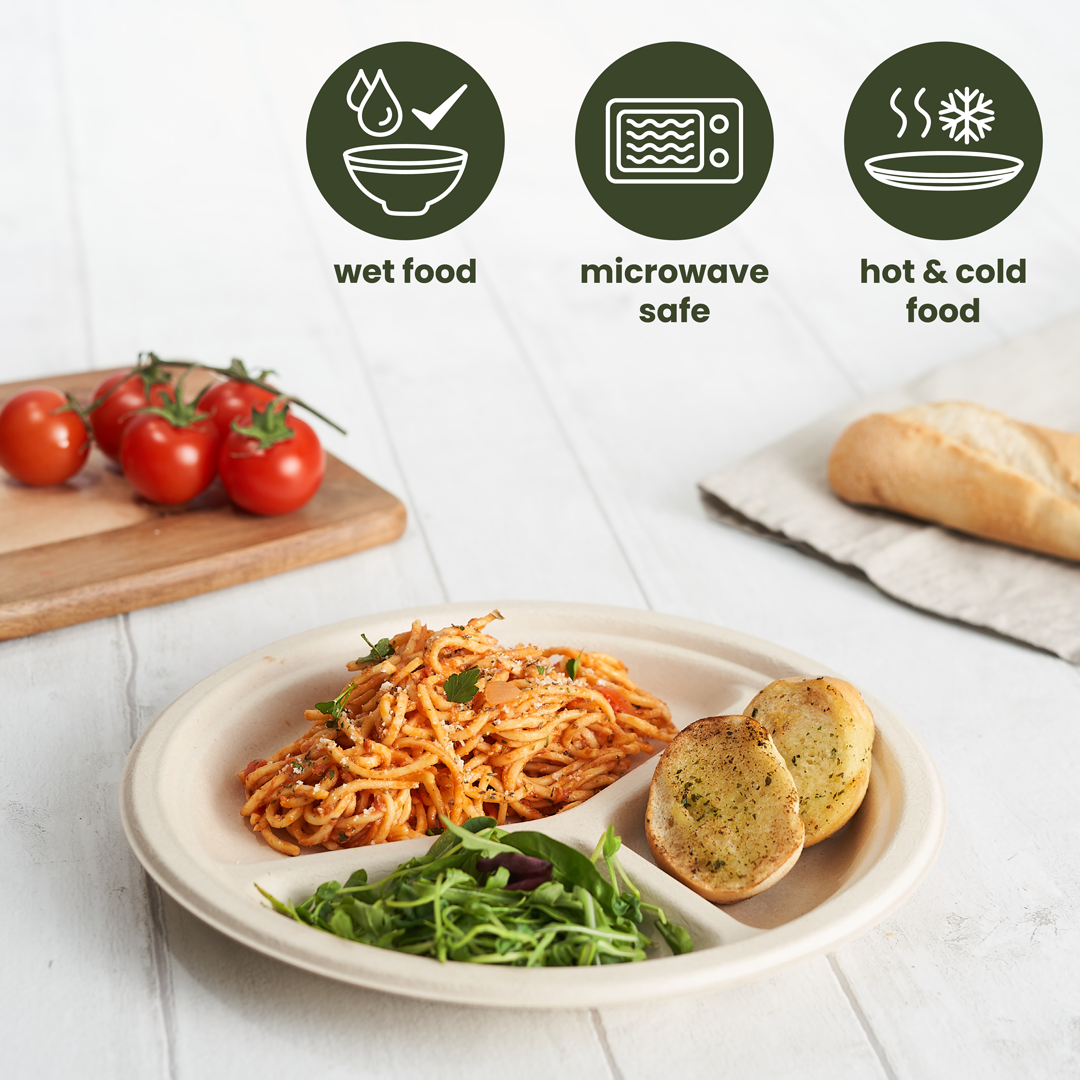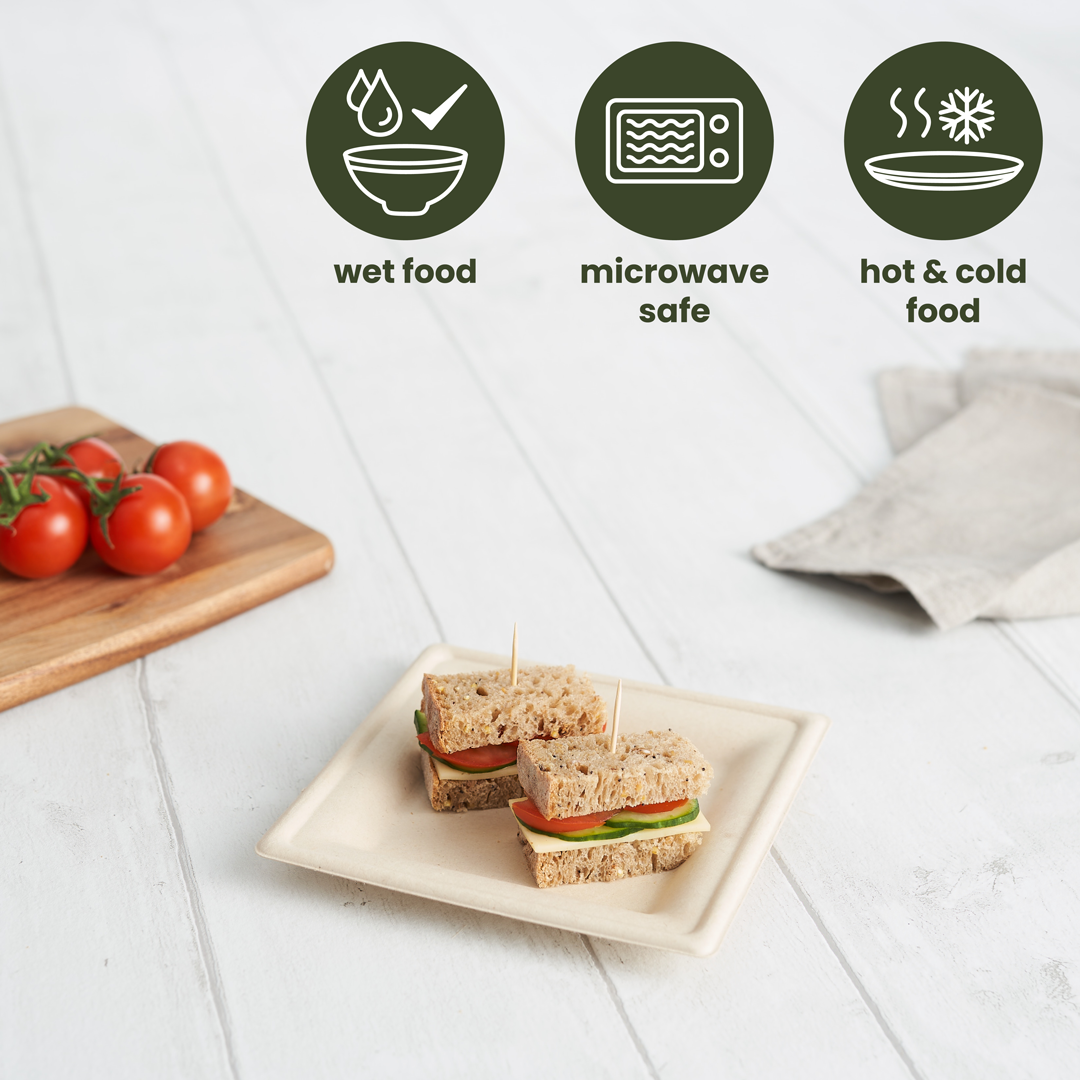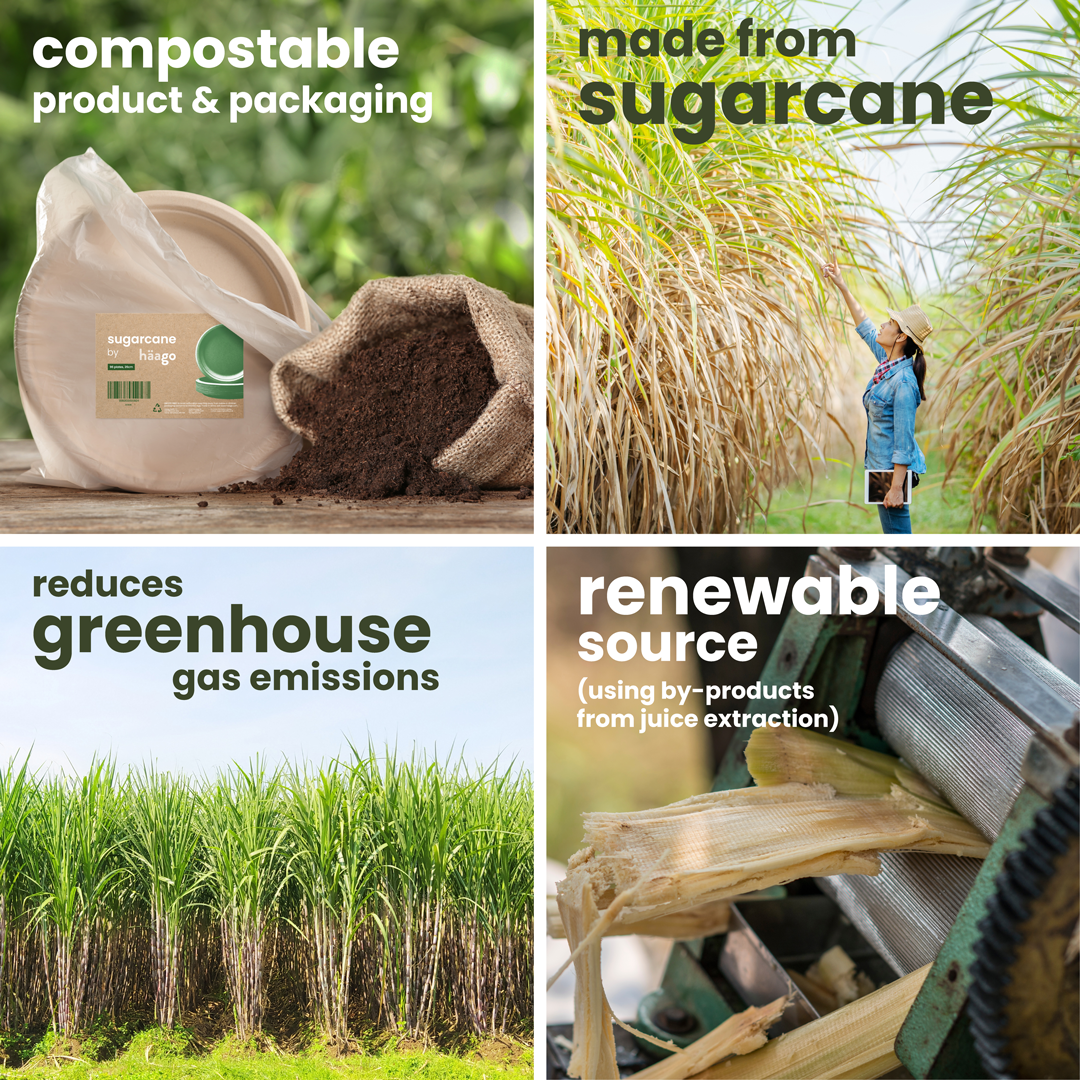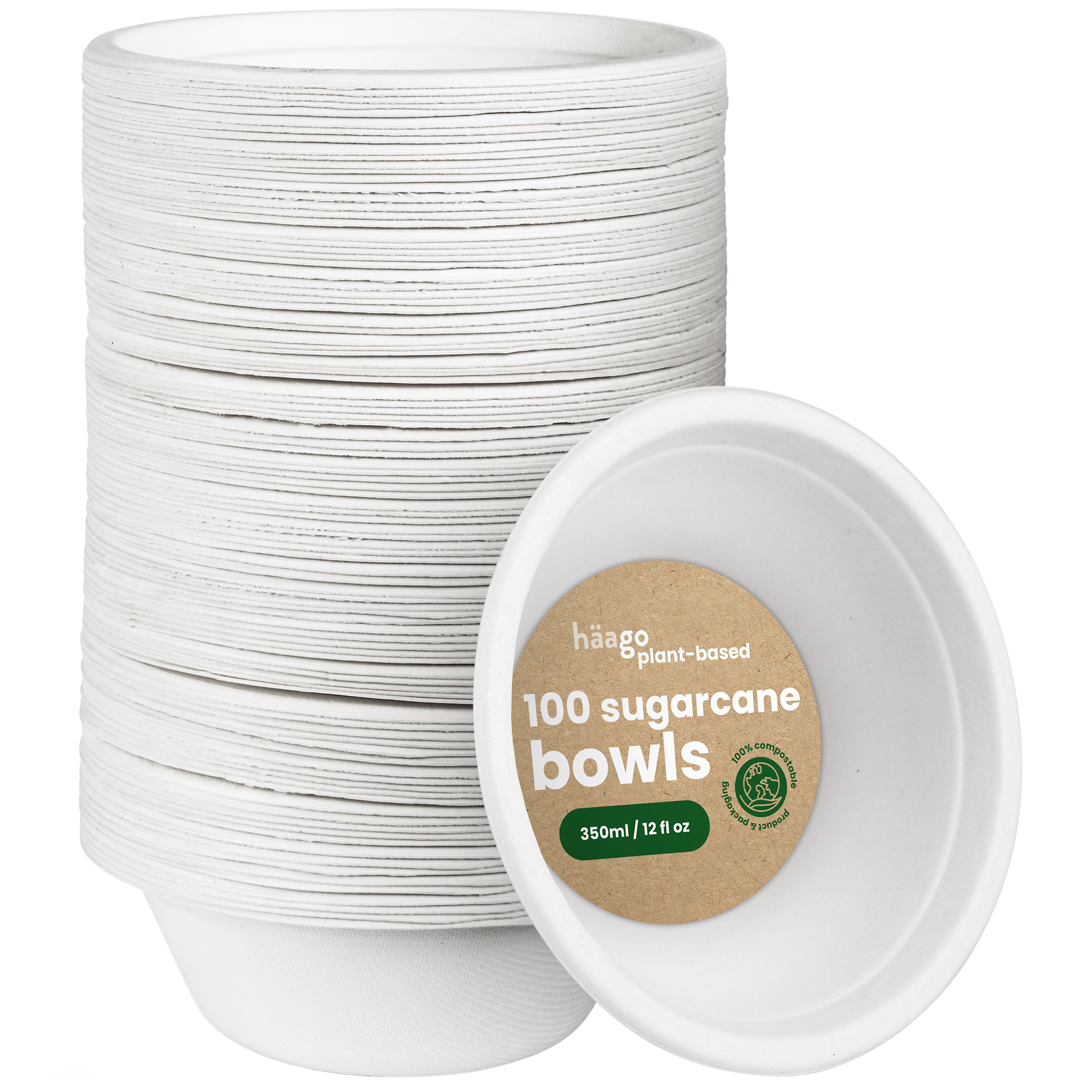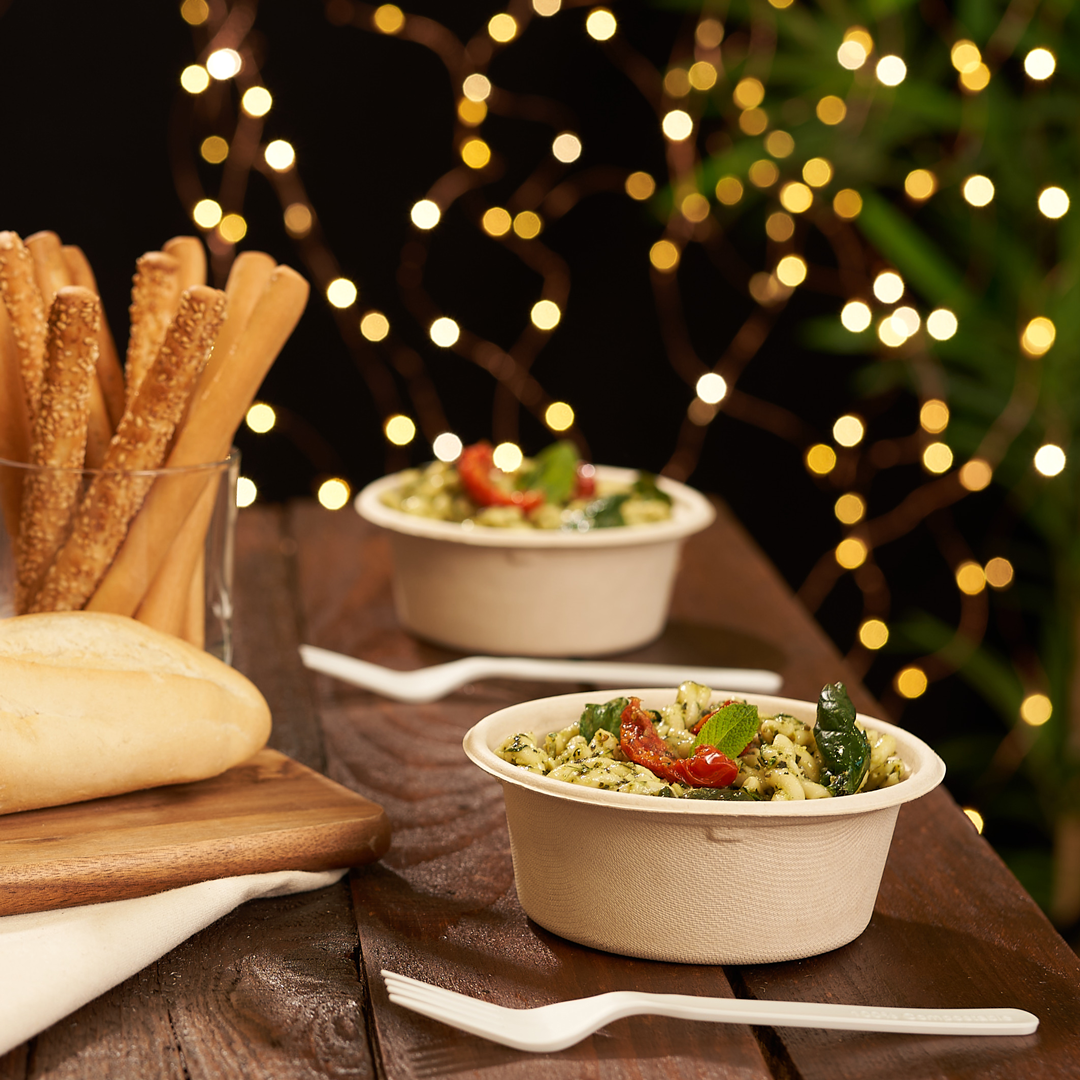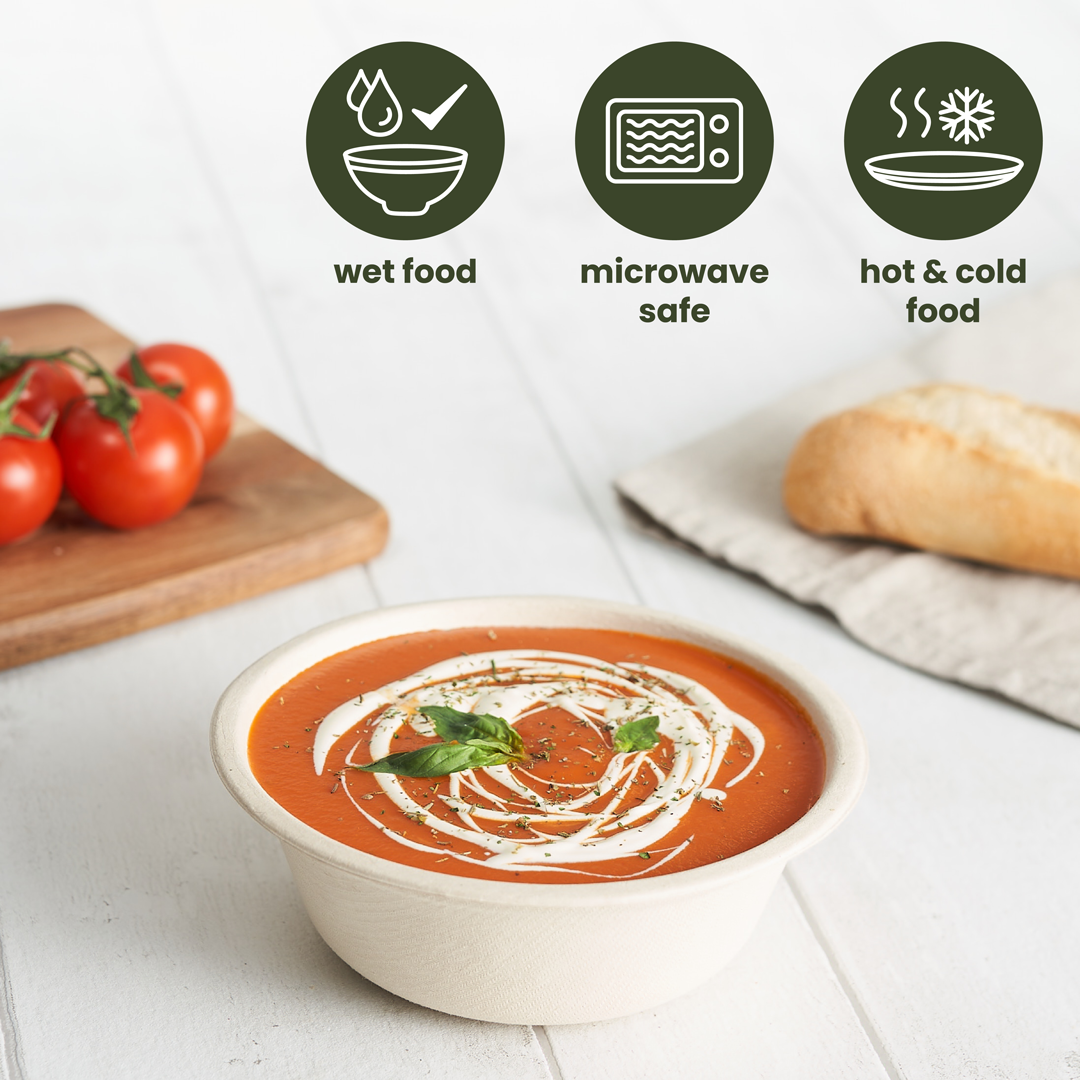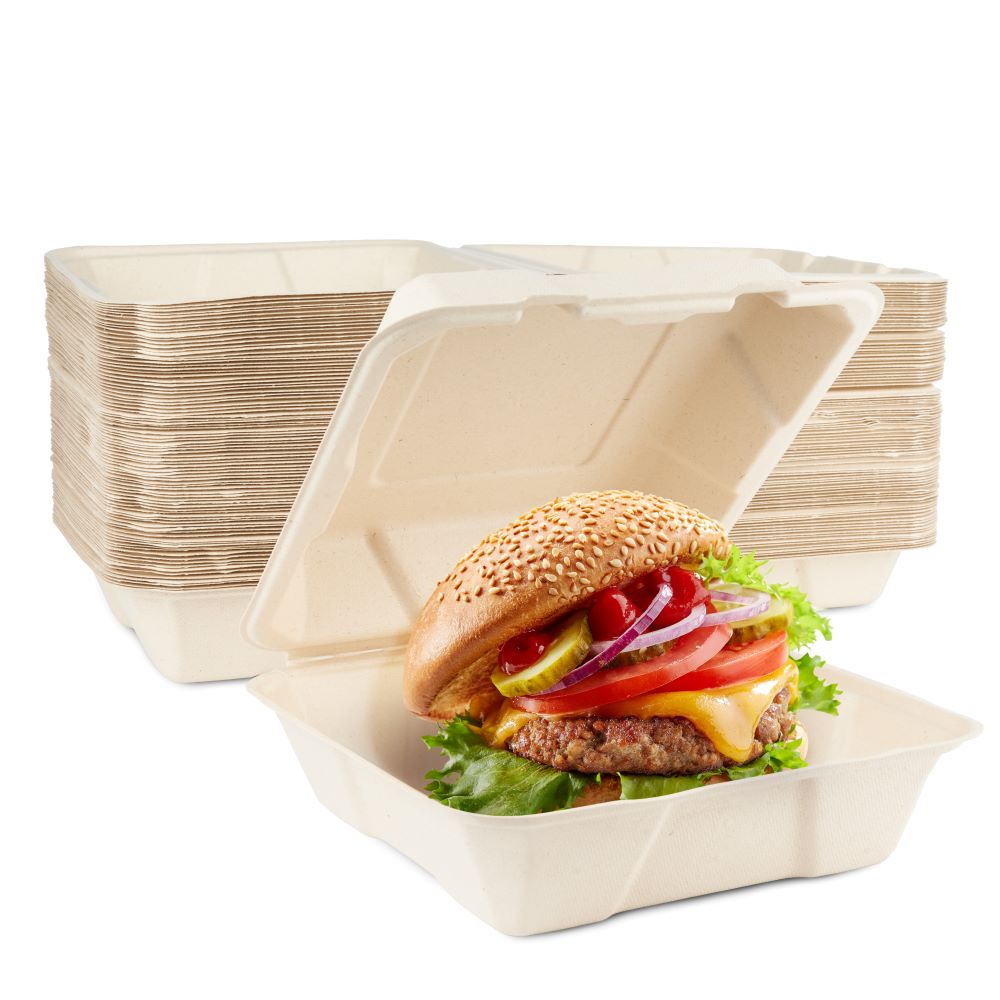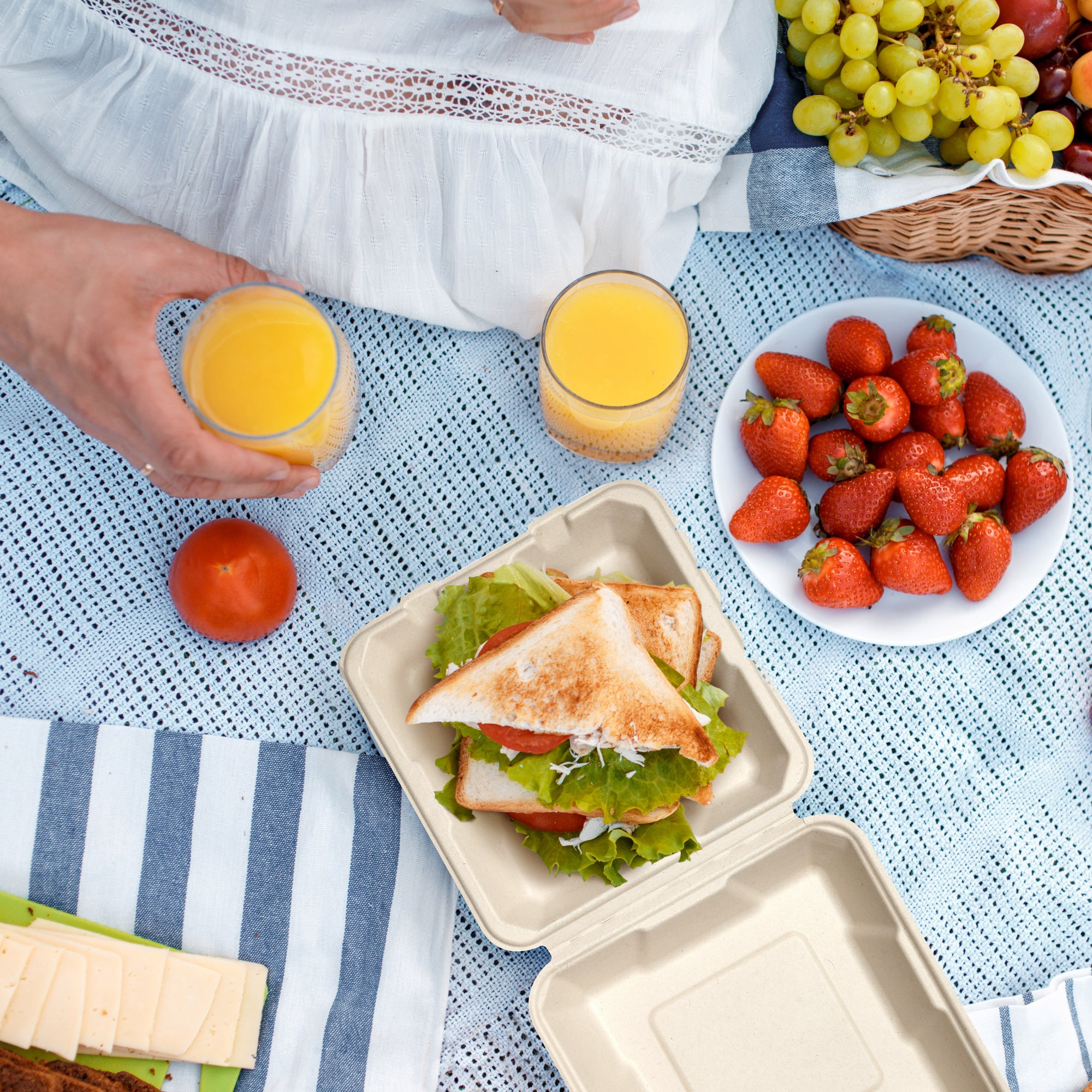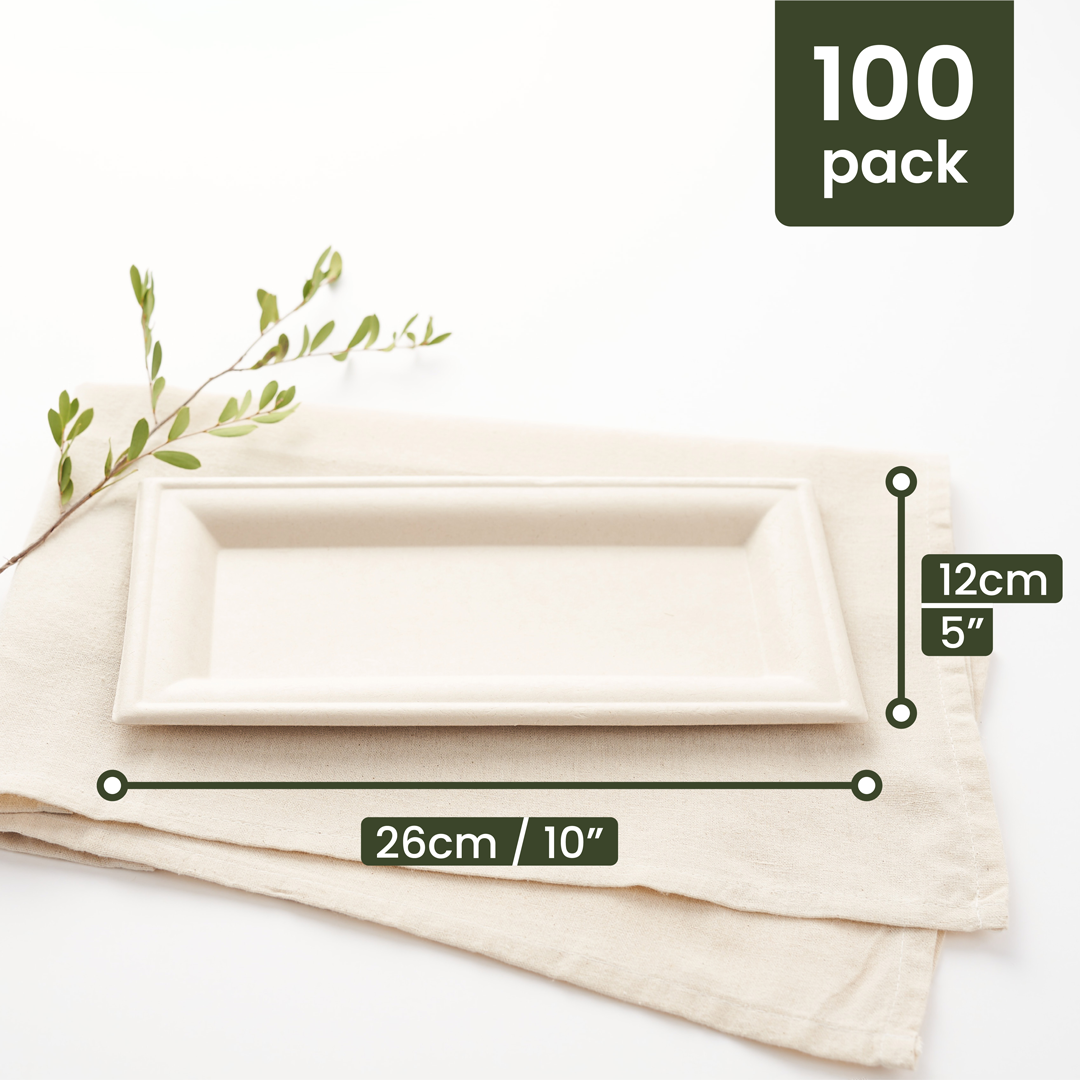Introducing
sugarcane

what is sugarcane?
Sugarcane is a tall, perennial grass belonging to the Poaceae family. It's native to the warm, tropical regions of South Asia and Southeast Asia but is now cultivated in various parts of the world, including the Americas, Africa, and the Pacific Islands. It's primarily grown for its high sucrose content, which is extracted and processed to produce sugar.

explore the possibilities of sugarcane
sugarcane FAQs
Sugarcane tableware is made from bagasse, which is the fibrous residue left after sugarcane stalks are crushed to extract juice. This byproduct would otherwise be discarded or burned, contributing to air pollution. Using it to make tableware instead creates value from waste and reduces waste and pollution.
Sugarcane tableware is manufactured through a process that involves cleaning, pressing, and moulding the bagasse into the desired shape. Heat and pressure are applied to form the final product. The process uses less energy and generates less waste compared to traditional plastic and paper manufacturing.
Yes, sugarcane tableware is safe to use. It is made from natural and non-toxic materials, and it does not release harmful chemicals into the environment. It meets food safety standards and can be used to serve hot and cold food and beverages.
Sugarcane tableware takes approximately 90 days to biodegrade in a commercial composting facility. This means that it can break down into organic matter, such as water, carbon dioxide, and biomass, within a few months, leaving no harmful residues.
Yes, sugarcane tableware is considered environmentally friendly because it is made from renewable and biodegradable materials. It is also compostable, meaning it can be broken down into organic matter and returned to the soil, which reduces waste and pollution. Choosing sugarcane tableware instead of traditional plastic or paper options can help reduce the environmental impact of single-use products.
Our sugarcane tableware is manufactured in China.
Our sugarcane tableware has received BPI (Biodegradable Products Institute) certification, which verifies that our products meet strict standards for compostability and biodegradability. This certification ensures that our sugarcane tableware can be composted in industrial facilities and will break down into natural components within a specific timeframe.
Our sugarcane tableware is packaged in a PLA (polylactic acid) bag with a coloured label. PLA is a biodegradable and compostable material that is made from renewable resources such as corn starch or sugarcane, making it an eco-friendly alternative to traditional plastic packaging.



























